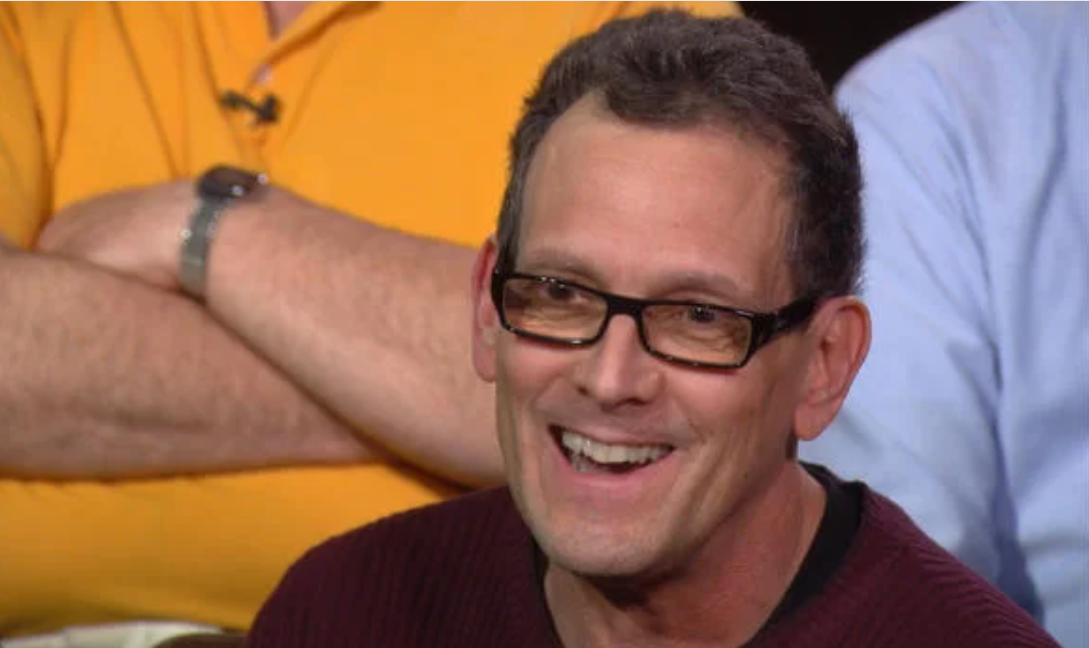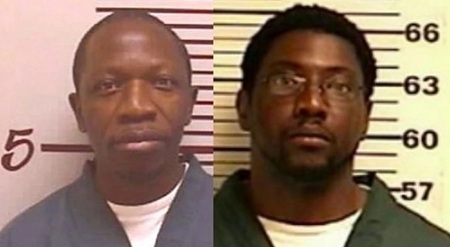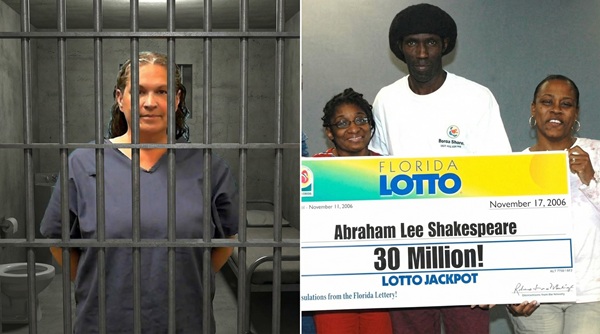It is true that human memory often fades with time, but that didn’t apply to one American man with extraordinary ability to remember every single day of his life. The man, Bob Petrella, an American television producer became known for possessing one of the rarest memory abilities ever documented. He can recall almost every day of his life with striking precision. This unusual skill has made him a subject of scientific interest, public curiosity, and ongoing debate in the fields of neurology and cognitive psychology.
Petrella is part of a tiny group of people identified with Highly Superior Autobiographical Memory, or HSAM. While the condition remains mysterious, his life offers a clear example of what it means to remember nearly everything. His story raises questions about how memory works, why certain people develop such extraordinary recall, and what this ability means for the individual who carries it.
This article explores Bob Petrella’s life, the science behind HSAM, and the unusual challenges and opportunities that come with remembering every day.
Early Life and Background
Bob Petrella was born in 1951 in Pittsburgh, Pennsylvania. He grew up in a typical American household, surrounded by family members who noticed early on that he possessed an unusual ability to recall events with great clarity. While many children can remember pronounced milestones, Petrella retained something more detailed. He could remember routine experiences, specific dates, and the sequence in which events occurred.
His childhood memories remained vivid even as he grew older. Unlike most people who remember important achievements or holidays, Petrella remembered ordinary afternoons, conversations, and weather patterns from decades earlier. At the time, he did not believe this ability was unusual. To him, it simply felt natural.
Petrella later moved into the entertainment industry and became a producer, a career that suited his ability to remember large volumes of information. His memory became known among colleagues long before it drew scientific attention.
Becoming Recognized for an Extraordinary Memory
Bob Petrella’s abilities were formally recognized in the mid-2000s, when researchers began studying individuals with unusually superior autobiographical memory. One of the first widely studied cases was Jill Price, who came to public attention after neuroscientists at the University of California, Irvine documented her remarkable memory performance. As news about Price spread, other individuals realized that they shared similar abilities.
Petrella was among those who eventually reached out to the researchers. After initial testing, he was confirmed to have Highly Superior Autobiographical Memory. His ability was not photographic memory in the traditional sense. Instead, he could automatically pull up life events when a date or topic was mentioned. Researchers found that if you gave Petrella a specific date, he could tell you what he was doing, how he felt, and what was occurring around him.
This placed him among a very small number of confirmed HSAM individuals in the world.
Understanding Highly Superior Autobiographical Memory
HSAM is a rare condition where a person can recall a vast number of life events in extraordinary detail. The term was introduced by researchers at the University of California, Irvine, who first observed the phenomenon in 2006.
Key Features of HSAM Include:
1. Automatic recall of personal events based on specific dates
Individuals with HSAM do not need to consciously search for memories. Dates act as triggers that instantly unlock a flood of information.
2. Strong emotional connections to memories
People with HSAM often report re-experiencing emotions tied to events, making the memory feel current rather than distant.
3. Selective superiority
HSAM individuals do not necessarily have exceptional skills in all forms of memory. For example, they may not excel in remembering lists, numbers, or unrelated facts.
4. Consistency over decades
Unlike ordinary memory, which weakens significantly over time, HSAM recall remains stable for decades.
Despite more than a decade of study, the exact cause of HSAM remains unknown. Some theories suggest that individuals with HSAM engage in more frequent mental rehearsal, while others propose structural differences in the brain.
Scientific Studies and Findings
Bob Petrella has participated in several scientific investigations focusing on HSAM. Researchers at UC Irvine conducted MRI scans, memory tests, and interview-based assessments to better understand how his brain processes data.
Some findings from broader HSAM studies suggest:
Brain structure differences:
Certain regions linked to autobiographical memory and emotional processing appear more active or structurally distinct in HSAM individuals.
Unusual memory organization:
HSAM individuals tend to mentally arrange events in timelines, making it easier to navigate their memories chronologically.
Stronger connections between memory and emotion:
Emotional experiences play a key role in how memories are stored.
However, no single explanation has been confirmed. The condition remains one of the most puzzling subjects in memory research.
What Daily Life Feels Like for Bob Petrella
For most people, memories fade gradually, leaving behind only the most meaningful moments. For Petrella, memories do not drift away. They remain vivid and easily accessible.
Petrella has said in interviews that his memory feels like a “calendar” in his mind. When he hears a date, he can immediately recall what happened that day. He can remember birthdays, events, and even mundane details like what the weather was like or what he ate.
Advantages of His Memory
Personal documentation of life
Petrella rarely forgets important moments and milestones. He can revisit his childhood, early career, or personal relationships with remarkable clarity.
Professional benefits
In the entertainment industry, remembering conversations, deadlines, and creative decisions proved useful.
Emotional insights
He can reflect on past experiences with precision, allowing deeper understanding of long-term patterns in his life.
Possible Challenges
Although having an extraordinary memory seems ideal, it also brings complications.
Emotional overload
Memories tied to strong emotions can return with full intensity. This includes painful experiences, old conflicts, and personal losses.
Difficulty forgetting unpleasant events
For many people, forgetting is a natural coping mechanism. For someone with HSAM, forgetting is difficult.
Memory distractions
Dates, conversations, or small triggers may cause a flood of memories that distract from the present moment.
Petrella has described his memory as more of a gift than a burden. Still, he acknowledges that living with such recall requires emotional resilience.
Public Interest and Media Attention
Bob Petrella gained broader visibility after appearing on the CBS program “60 Minutes,” where his abilities were demonstrated on camera. Interviewers presented him with random dates, and he responded instantly with accurate descriptions of what happened on those days.
He also took part in documentaries and public discussions about HSAM. His calm and thoughtful demeanor made him one of the most recognized faces associated with the condition.
Public reaction has ranged from admiration to disbelief. Many viewers found the idea fascinating, while others wondered how such a memory is possible. Petrella has used these opportunities to help explain his abilities and contribute to scientific understanding.
How His Memory Differs From Ordinary Memory
Most people rely on a mix of short-term and long-term memory. Emotional events tend to stand out, while routine experiences fade. Memory is also influenced by attention, repetition, and personal significance.
Petrella’s memory works differently. Here are a few notable distinctions:
1. Autobiographical focus
He remembers personal events vividly but does not necessarily retain unrelated factual data at the same level.
2. Time-linked recall
Dates serve as the key entry point for retrieving information.
3. Long-term stability
His memories remain clear even after forty or fifty years.
4. High consistency
When tested repeatedly, his descriptions remain the same.
This consistency suggests an unusual internal organization of memories, one that researchers continue to study.
Why HSAM Matters to Science
HSAM offers rare insight into how human memory functions. Most research on memory examines how information is lost, distorted, or altered over time. Individuals like Bob Petrella show the opposite: how memories can remain intact.
Studying HSAM helps scientists:
- Explore how the brain stores long-term information
- Understand variations in autobiographical memory
- Examine links between memory and emotion
- Develop theories about neuroplasticity
There is speculation that certain habits, such as frequent mental review, may strengthen memory pathways over time. However, whether HSAM arises from genetics, environment, or both remains unclear.
Can HSAM Be Developed?
Many readers wonder whether they can train themselves to have a memory like Bob Petrella’s. Research does not currently suggest that HSAM can be learned. Memory training techniques can improve certain skills, such as recalling lists or numbers, but do not replicate the automatic, date-linked recall of autobiographical events seen in HSAM.
Petrella’s memory appears to be a natural trait rather than a learned skill.
Public Perception and Cultural Fascination
Throughout history, societies have been intrigued by individuals with unusual memory abilities. Ancient storytellers, scholars, and monks often trained themselves to memorize large amounts of information. However, HSAM stands apart from trained memory.
People respond to Petrella’s story with a mixture of curiosity and admiration. His ability seems almost like a form of time travel, allowing him to re-experience past decades with clarity.
The fascination also stems from a deeper desire to understand how much of our past we truly carry with us. Most people cannot recall each day of their lives, but someone like Petrella can describe his life in detail that aligns with documentary evidence.
What We Can Learn from Bob Petrella
Although HSAM itself cannot be taught, Petrella’s approach to life provides valuable lessons.
Memory shapes identity
The past is not just a record of experiences. It informs who we are. Petrella’s relationship with his memories shows how powerful personal history can be.
Awareness of small moments
Because he remembers ordinary days, Petrella values experiences that many people overlook. His life encourages others to pay closer attention to routine events.
Reflection supports growth
Petrella often revisits past experiences to understand his decisions. This habit can be beneficial for anyone seeking personal clarity.
Emotional resilience is essential
Living with intense memories requires the ability to process past events with patience and self-compassion. Petrella’s attitude toward his own memory demonstrates this balance.
Bob Petrella remains one of the most intriguing figures in the study of human memory. His life illustrates the extraordinary range of cognitive abilities found in rare individuals. While most people remember only fragments of their past, Petrella carries a nearly complete record of his life.
His story highlights the complexities of memory, the mystery of HSAM, and the powerful connection between experience and identity. By sharing his abilities with researchers and the public, he has helped expand scientific understanding of the human mind.
Whether viewed through the lens of science, psychology, or personal curiosity, Petrella’s abilities remind us how remarkable human memory can be. His life encourages a deeper appreciation for the moments that shape us, the stories we tell, and the memories we carry forward.








